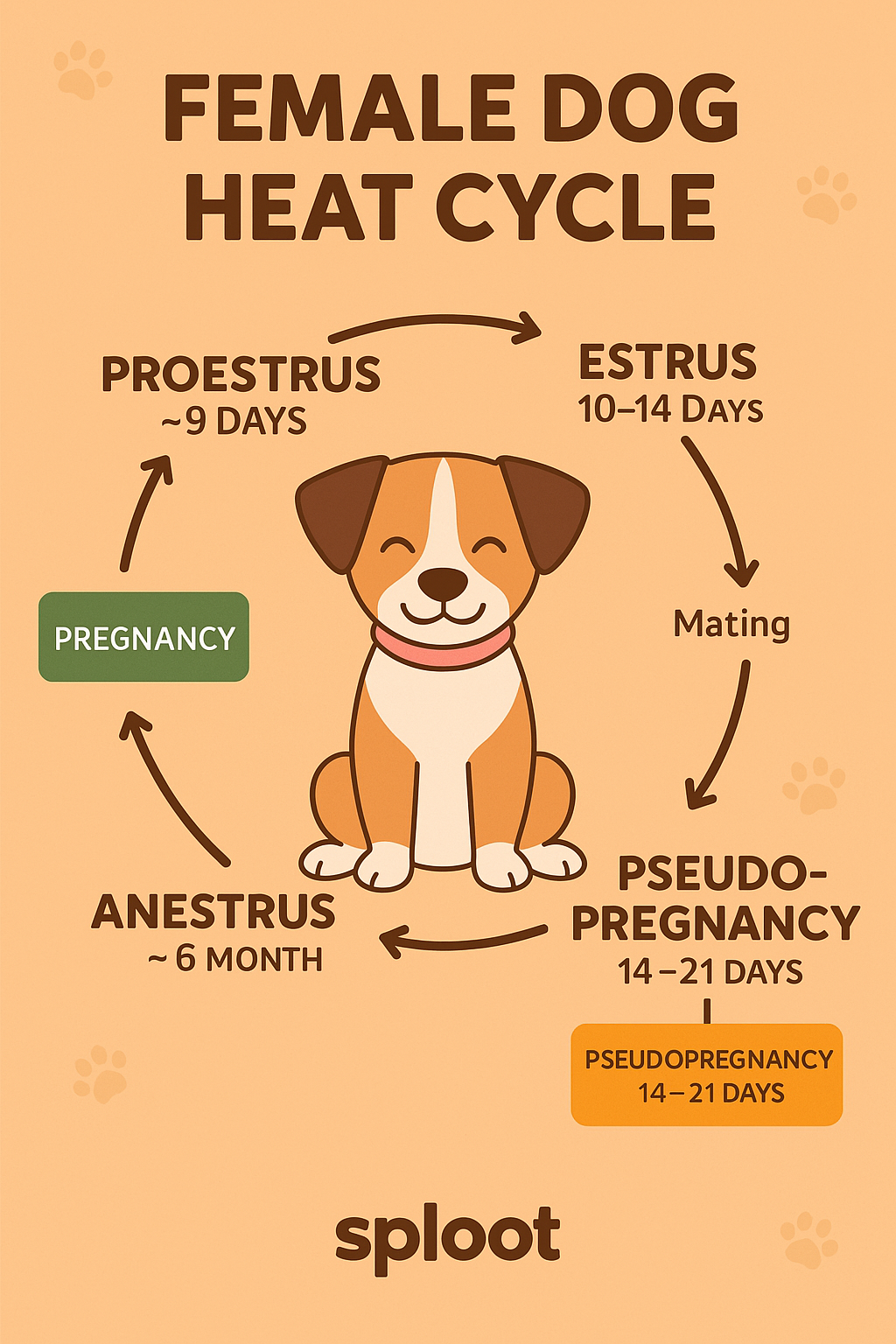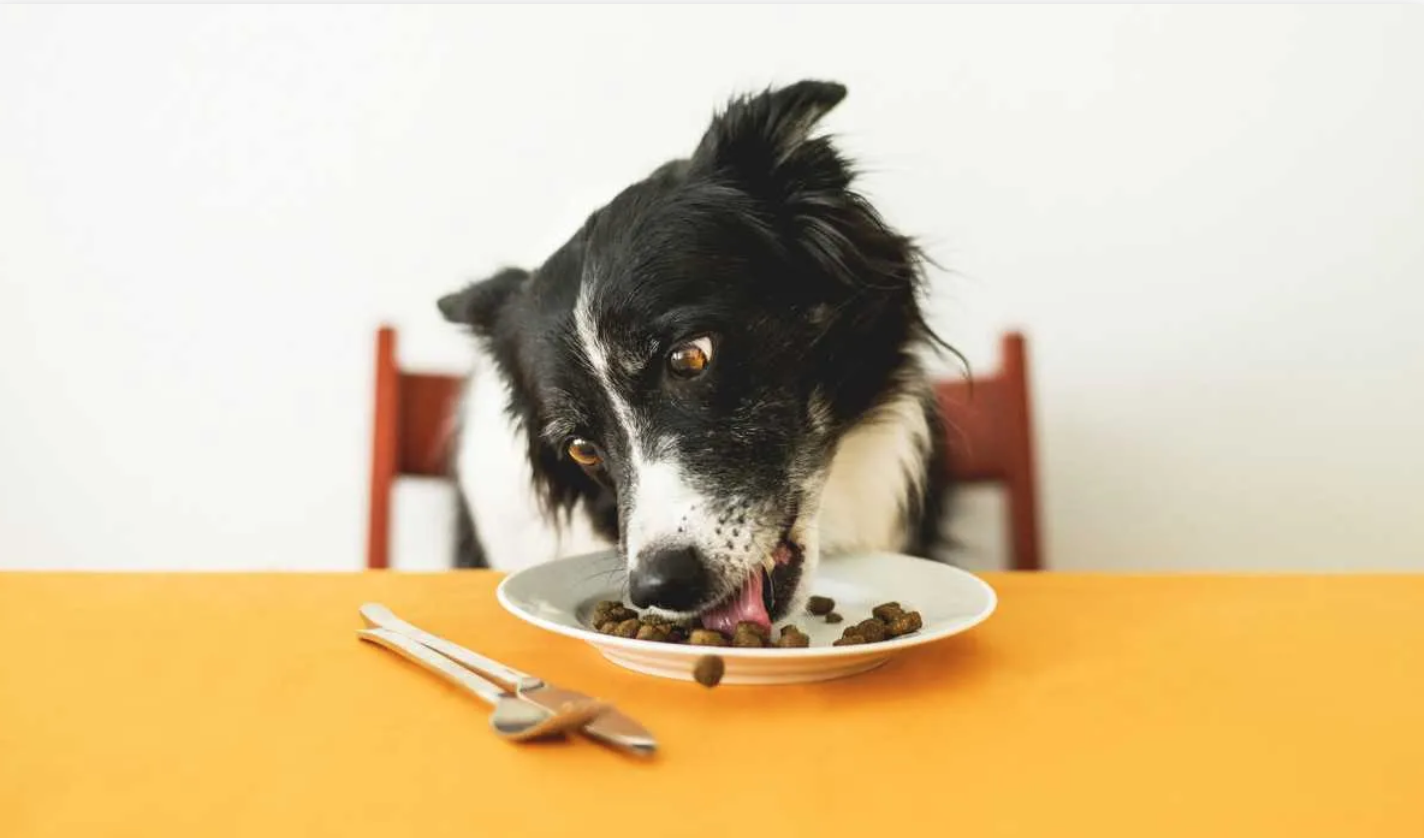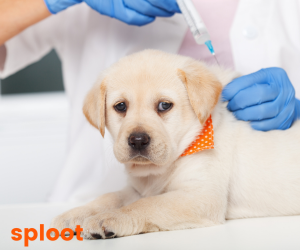The dog heat cycle also called the estrous cycle is a really important period in a female dog’s life when she can breed. Pet parents should know about this cycle as it helps in breeding and various other cares. Dogs typically have a 4-stage heat cycle, which includes proestrus, estrus, diestrus, anestrus, etc. These stages can be noticed with different changes. Learning about these stages is important for effective breeding and dog health.
This guide will go over some of the symptoms and behavioral changes you may see in your pup during the heat cycle period. You will also learn crucial care tips, so you will know how to help care for your dog during this time. If you knew what’s what, you could best support her through the heat cycle and that you won’t have problems on that front.
Understanding the Dog Heat Cycle: What Every Pet Parent Must Know
A female dog goes into heat when she gets pregnant. This usually happens between six and twelve months of age. It is important to know about your female dog’s heat whether you are a new dog owner or an experienced handler. The heat cycle occurs in stages, which are proestrus, estrus, diestrus and anestrus. All of them are significant for breeding.
What is a Heat Cycle in Dogs?
In dogs, heat cycle refers to the estrous cycle, a series of physiological processes that prepare the female for mating. Do not confuse dogs’ “heat” with “menstruation”. Unlike menstruation, which is shedding of the uterus lining if not pregnant, heat cycle refers to a series of changes. The cycle is ultimately an important one for biological purposes. It happens approximately every six months, but it varies from dog to dog.
A main trigger for the heat cycle are hormones. In proestrus, the body sees a rise in estrogen which leads to swelling of vulva and discharge. This change in hormones helps to prepare the body for ovulation and mating.
When Do Heat Cycles Start?
Female dogs go into heat for the first time at different ages, depending on their breed and size. Generally, smaller breeds will have their first heat sooner, while larger breeds take longer before sexually maturing. This happens every six months but can vary as they get older and depending on their health. Usually lasting 2 to 4 weeks, a female dog only fertile during a period of that time, which is called heat. Since different breeds encourage or last differently, their beholders must know about them.
Do Dogs Experience Menopause?
Unlike women, dogs do not experience menopause. Throughout their lives, dogs have heat cycles but usually less regularly as they age. Older female dogs will continue to have a cycle every year, but the frequency will reduce. As females age, they can still mate. So older dogs can end up pregnant if they mate when in heat. Owners can use this information to help make a choice about whether to spay or breed as their dog ages.
Signs & Stages of a Female Dog in Heat Cycle
- Proestrus: The Onset of Heat: This first stage lasts 7 to 10 days when you will notice physical changes like a swelling vulva and bloody discharge. A stage of the heat cycle called proestrus is when females display behaviours such as urination to attract males; however, are not yet ready to mate. At this stage, the body prepares for the fertile phase, the heat cycle begins.
- Estrus: The Fertile Phase: Estrus is the time when the female dog is fertile and this lasts 5 -14 days. During this timeframe, an estrous female dog undergoes physical changes, such as a change in the colour of the discharge and vulva softening. You will also notice behavioural changes such as tail flagging and more affection to male dogs. The ovulation occurs at this time, making it the ideal period for breeding.
- Diestrus: The Transition Phase: This stage can last anywhere from 60 to 90 days. During this time, the discharge stops, and the vulva becomes normal-sized. When female dogs lose interest in males, they are said to be “not in heat” or out of cycle. At this stage, the dog may be pregnant or may return to a non-receptive state if she did not mate.
- Anestrus: The Resting Phase: The last stage lasts about 4 to 6 months and shows no visible signs of heat. A dog’s body takes a break during anestrus to prepare for the upcoming heat, allowing the canine to gain energy and health for another cycle. Pet parents learn the stages to provide better care to their pets throughout the various stages of heat.

How Can You Tell If Your Dog Is in Heat
You can tell that a dog is in heat if she shows certain behaviors and physical signs. At first, her behavior may involve being restless and more affectionate towards you or other animals, and dismounting those dogs that have been mating her. A swollen vulva that can be very pronounced is one of the physical signs, along with a discharge that could be light to heavy.
When she pees frequently, it means she is marking her territory, thereby signaling her readiness to mate. If you are unsure whether your dog is in heat or not, testing done by a veterinarian can confirm which stage she is in through hormone testing.
Common Behaviours of a Female Dog in Heat
A female dog will show a few obvious behaviors during her heat cycle. Notably, female dogs may become very clingy or moody, and will usually seek more of your attention compared to their normal behavior. Additionally, you may observe your dog licking her genital area a lot due to some inflammation or discharge.
You will also notice more marking behavior, which means your female may urinate more often to attract male dogs or let them know she is in heat. All these behaviors are fairly typical during the heat cycle, and they should help you identify if or when your dog is in heat so you can take the proper steps and precautions.
Caring for a Dog in Heat: Essential Tips for Pet Owners
Taking care of a female dog in heat (estrus) takes patience, preparation, and know-how to ensure her comfort and happiness. Though natural, this reproductive cycle can be an inconvenience especially to dog owners. The moment your dog comes in heat, the first thing you need to do is create a calming environment. Starting with dog diapers or absorbent pads is generally the easiest way to manage bleeding and messes. Also, it is still a good time to stay with her daily routine for exercise and socialization, only making small adjustments as needed.
Spending time engaging her in light play or using interactive toys to keep her busy will also help her not dwell on her discomfort. When managing hygiene, dog diapers or 'heat pants' are best to prevent a mess in your home. This is important because you will need to change the dog and bedding from time to time to keep her surroundings clean and dry.
Changing bedding and diapers will also help prevent infections from developing while she is in heat. Just as important, you should still wash her fur and private area gently using pet-friendly wipes or damp cloths.
What to Do When Your Dog is in Heat for the First Time?
When your dog goes into heat for the first time, make sure that she has a stress-free and calm environment to help her cope. Using dog diapers or absorbent pads in advance can help absorb any bleeding. Watch closely for signs of agitation or uneasiness; both are common during this time. Keeping her routine fairly normal (you may have to slightly alter how much she exercises and what socialisation opportunities she has) will help her feel secure as long as she does not come into contact with any male dogs.
How to Stop a Dog in Heat from Bleeding?
When your dog is in heat, you may want to consider using washable dog diapers or heat pants to manage the bleeding and keep your house clean. As well as this, keeping her clean is important, so wipe her fur and private parts regularly to avoid infections. You should also change her bedding and diaper often to keep her comfortable and clean. Placing absorbent mats in the area where she rests, will help manage the discharge and ensure your house doesn’t get dirty.
How to Comfort a Dog in Heat?
To keep your dog comfortable during her heat cycle, offer her some mental stimulation with a chew toy, interactive puzzle toy or some sniffing games – something that won’t overwhelm her. It’s best to not fuss too much, as too much attention can reinforce anxious behaviour. Make a resting place where she will be quiet and safe. Do not get her in contact with male dogs to reduce stress and unwanted mating attempts.
Heat Cycle and Breeding Considerations For Pet Owners
Dog parents have an important decision about whether to breed their dog or to spay them. Understanding this heat cycle impacts your dog's health and well-being which then affects your decision to breed them or not. There are four stages in the heat or estrous cycle – proestrus, estrus, diestrus and anestrus. During these stages, female dogs will show different changes in their physical features and behaviors that suggest they are open for mating.
When pet owners witness these signals, they can make necessary breeding decisions and manage male dogs’ presence to a female dog in heat. Male dogs can sense the pheromones that female dogs let off when they are in heat. During this time, they are more interested in mating than at other times. At that time, the owners must take care of their females well so that they don’t get hurt.
When is the Best Time to Breed a Dog in Her Heat Cycle?
Usually, the ideal breeding time for a dog is between day 10 to day 14 of the heat. This is when she is most fertile. She will undergo ovulation during this period, and this is the best time to mate. You must consult a vet for the timing as it can be tough to know this. To make sure mating takes place at the right time, a vet can perform vaginal cytology and progesterone assay tests. To prevent passing on inherited diseases to the puppies, breeders should get the breeding dogs examined. Over-breeding and early breeding can be harmful to the health of the dog and hence should be avoided.
Spaying vs. Breeding: What’s the Right Choice?
When deciding whether to spay or breed their pet, owners must consider the good and bad of both options. If you don’t want your dog getting pregnant, spaying or neutering is the solution. It also significantly reduces the chances of mammary cancer and uterine infections. This process ensures that your female dog will lead a complete and healthy life. It is not a joke about breeding dogs.
Responsible breeding previously requires doing the right things and screening the genes of female and male dogs as well as health check-up regularly. Knowing this can help to ensure a good outcome with your dog. All pet owners should know these considerations to make the right choice for their dog.
How Male Dogs React to a Female in Heat
Male dogs can easily smell a female in heat. Male dogs can smell the pheromones released by a female dog in heat from miles away. The strong smell often makes Male dogs noticeable. They may start vocalizing and escaping or roaming looking for the female. To prevent unwanted interactions during this period, it’s important to take precautions. You should keep male dogs in a different home away from the female’s heat. Controls leash walks and yard fencing’s help in escape prevention. By taking these preventive steps, you can ensure that your male and female dogs are safe from each other during the heat cycle.
Smart Care & Planning for Heat Cycle of Your Dog
By planning ahead, you can make sure your dog stays comfortable, healthy, and happy during her heat cycle. Usually, the heat cycle or estrus happens twice a year lasting for two to three weeks. Dogs generally bleed in heat and this is when they bleed. They also seem more nervous and attracted to dogs. Keeping track of your dog’s cycle can help predict her requirements as well as prevent unwanted pregnancies.
You should either take your dog to a vet or buy some diapers which prevent your dog from ruining the flooring as well as getting uncomfortable at the same time. It is a good long-term decision to spay your dog. This will prevent heat cycles and lower the risk of reproductive conditions such as uterine infections and ovarian cancer. If you want puppies, ask your veterinarian to do a progesterone test.
Should You Use Hormonal Suppressants?
Hormonal suppressants are drugs that are used to temporarily delay or prevent a female dog from coming into heat. Often, these drugs are useful but can get a female dog’s weight gain and behaviour change along with uterine infection.Spaying is a safer and more effective method of dealing with heat cycles long-term. It is a surgical procedure to eliminate heat, ovarian cancer, pyometra and other disorders permanently. Before use, the vet should give a good examination and discuss the risks with the dog owner.
Join the sploot Community
It is important to have an understanding of the dog heat cycle for pet ownership. A female dog’s heat cycle is the period when she will be fertile. Two times in a year dogs go into heat except this could differ breed by breed and situation by situation. It is important to notice the signs of heat including behaviour changes and physical symptoms for better management of dog health and prevention of pregnancy.
Proper care during this time includes maintaining hygiene and considering spaying to avoid future heat cycles and potential health issues. When breeding dogs it is also important to get the puppies good homes. For this, you’ll have to screen the potential owners and agree on spaying or neutering.
Download the sploot app to make your pet parent journey even more enjoyable! This platform helps you connect with other pet parents, get advice from experts, and access a range of services and products for your pets.
Engage with the community by participating in Ask Me Anything (AMA) sessions with experts, attending Pup Talks, and joining local events like community walks. Keep up with other pet parents and sploot updates by following the Instagram page!
Download the sploot app today to access all the benefits and create a helpful environment for you and your pet!
FAQs on Dog Heat Cycle
When is the best time to breed a dog in her heat cycle?
- The optimal breeding window is between days 10-14 when the female is most fertile. However, it is best to consult a vet for the timings.
How often does a dog go into heat?
- Although it depends on their breed and age, most dogs experience two heat cycles per year.
How do I know when dog heat is over?
- The heat cycle ends when discharge stops, swelling reduces, and their behavior returns to normal.









